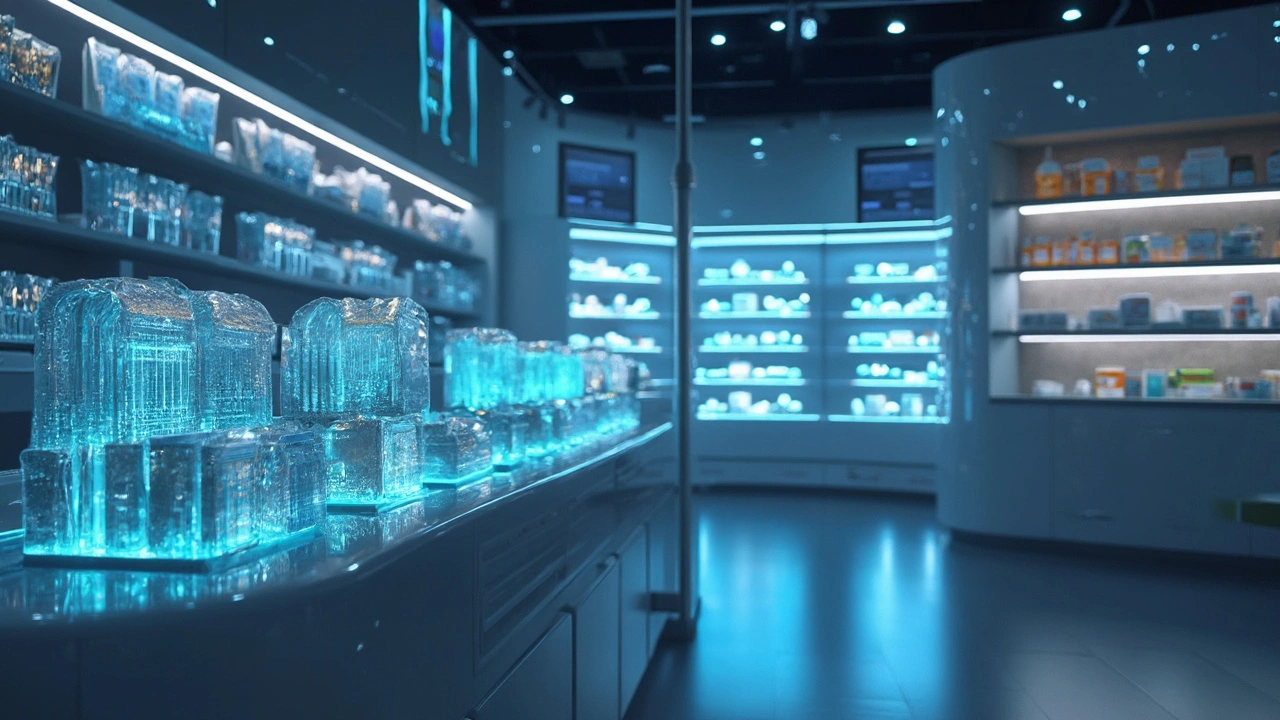Minocycline substitutes: what to try instead
If minocycline isn’t working for you or you’re worried about side effects, there are good alternatives. Some are other oral antibiotics, and some are topical or non-antibiotic options. Below I’ll walk you through the common choices, why doctors pick them, and what to watch for.
Common oral antibiotic alternatives
Doxycycline is the most common switch. It works against many of the same bacteria, usually causes fewer cases of skin hyperpigmentation, and rarely causes the dizziness some people report with minocycline. It can make you more sensitive to sunlight, so use sunscreen and avoid long sun exposure.
Azithromycin is another option for certain infections. It’s often used for respiratory infections and sometimes off-label for skin problems. It has a convenient short course in many cases, but bacterial resistance can be an issue if used repeatedly.
Clindamycin is useful for skin infections caused by gram-positive bacteria. It’s often chosen when someone can’t take tetracyclines. The drawback: clindamycin raises the risk of C. difficile gut infection in some people, so doctors weigh that risk carefully.
Trimethoprim-sulfamethoxazole (TMP-SMX) can be effective for acne in select patients, especially when other antibiotics fail. It works well against certain stubborn bacteria but can’t be used by people with sulfa allergies.
For severe nodular or cystic acne that doesn’t respond to antibiotics, isotretinoin remains the most powerful oral option. It’s highly effective but requires strict pregnancy prevention, blood tests, and close follow-up due to potential side effects.
Topical and non-antibiotic options
Topical treatments are a key part of replacing or reducing oral antibiotics. Benzoyl peroxide kills bacteria on the skin and lowers the chance of resistance—combine it with other topicals when possible. Topical clindamycin can help, but pairing it with benzoyl peroxide is better than using clindamycin alone.
Topical retinoids (like adapalene or tretinoin) target comedones and inflammation. They don’t rely on antibiotics and help clear pores over time. Azelaic acid reduces redness and can improve post-inflammatory pigmentation—useful if hyperpigmentation is a concern.
For hormonal acne, combined oral contraceptives or anti-androgen medications can be effective alternatives to long-term antibiotics. Light and laser therapies also offer non-antibiotic routes for many people.
One practical tip: when antibiotics are needed, doctors often recommend combining them with benzoyl peroxide and keeping the course as short as reasonably effective. That lowers resistance risk and boosts results.
Final note: every option has trade-offs—side effects, pregnancy rules, or resistance concerns. Talk to your dermatologist or primary care provider to match the substitute to your diagnosis, health history, and lifestyle. If you notice new symptoms while switching meds, reach out to your clinician right away.
- Colin Hurd
- Mar, 28 2025
- 12 Comments
Top 10 Alternatives to Minocycline in 2025
Discovering the best alternatives to Minocycline in 2025 can help you tackle bacterial infections and acne with diverse treatments. From antibiotics to topical retinoids, this comprehensive guide reveals the pros and cons of each option. Whether you're looking for a substitute for infections or seeking an acne solution, we've got you covered.

